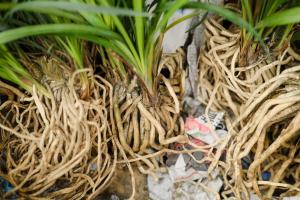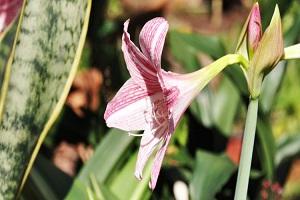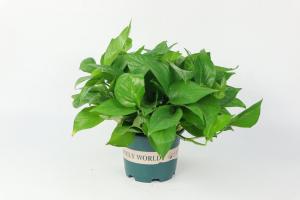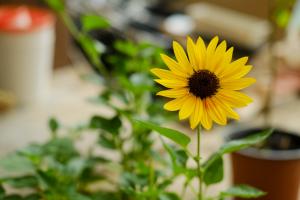How Long Can You Keep Rain Water for Plants
Watering plants is an essential practice for gardeners, and while tap water is readily available, rainwater is a more eco-friendly and cost-effective alternative. Rainwater is chemical-free, soft, and contains vital minerals that plants need to thrive. However, the big question is, how long can you keep rainwater for plants?
The Importance of Collecting Rainwater
Collecting rainwater is crucial as it provides a reliable and sustainable water source, particularly for regions that face water scarcity. Rainwater collection reduces water bills, reduces pressure on municipal water supplies, and preserves groundwater resources. Collecting rainwater is also a great way to ensure that plants have a consistent supply of water, especially during dry spells.
Storage of Rainwater
While collecting rainwater is essential, storing it correctly is crucial to ensure that the water remains pure and safe to use. Rainwater should be stored in a tank or barrel made from food-grade materials, such as high-density polyethylene (HDPE), or polyethylene terephthalate (PET). These materials are non-toxic and durable, with the ability to store large volumes of water without contaminating it.
Factors Affecting Rainwater Storage
The duration for which rainwater can be kept for plants depends on several factors:
Storage container: The type and quality of the storage container affect the water's safety and longevity. The container should be made from materials that do not leach chemicals into the water.
Time of collection: Collecting rainwater during long-lasting downpours is preferable as it washes away dust and debris, making the water cleaner.
Location: The location of the storage container affects the water's exposure to sunlight, which can promote algal growth and bacterial growth.
Water quality: The purity of the rainwater depends on the quality of the air and the rooftop harvesting surface leading to the container. Rooftop surfaces such as asphalt shingles may contaminate the water with chemicals and debris.
Duration for Which Rainwater Can be Kept for Plants
The duration for which rainwater can be kept for plants depends on several factors, including the quality of the storage container, collection time, and location. However, on average, properly stored rainwater can last between six months to one year before it starts to degrade in quality.
After six months, the water may start to develop an odor, taste, or color, indicating microbial growth. The accumulation of sediment on the bottom of the storage container and the presence of mosquito larvae are also signs that the rainwater is no longer safe for use.
Final Thoughts
Collecting and using rainwater for plants is an eco-friendly and cost-effective way to keep your plants healthy. However, proper storage is essential to maintain the water's purity and safety. With the right storage container, location, and good harvesting practices, rainwater can last for up to one year and be an excellent source of irrigation for your plants.

 how many times do yo...
how many times do yo... how many planted tre...
how many planted tre... how many pine trees ...
how many pine trees ... how many pecan trees...
how many pecan trees... how many plants comp...
how many plants comp... how many plants can ...
how many plants can ... how many plants and ...
how many plants and ... how many pepper plan...
how many pepper plan...






























